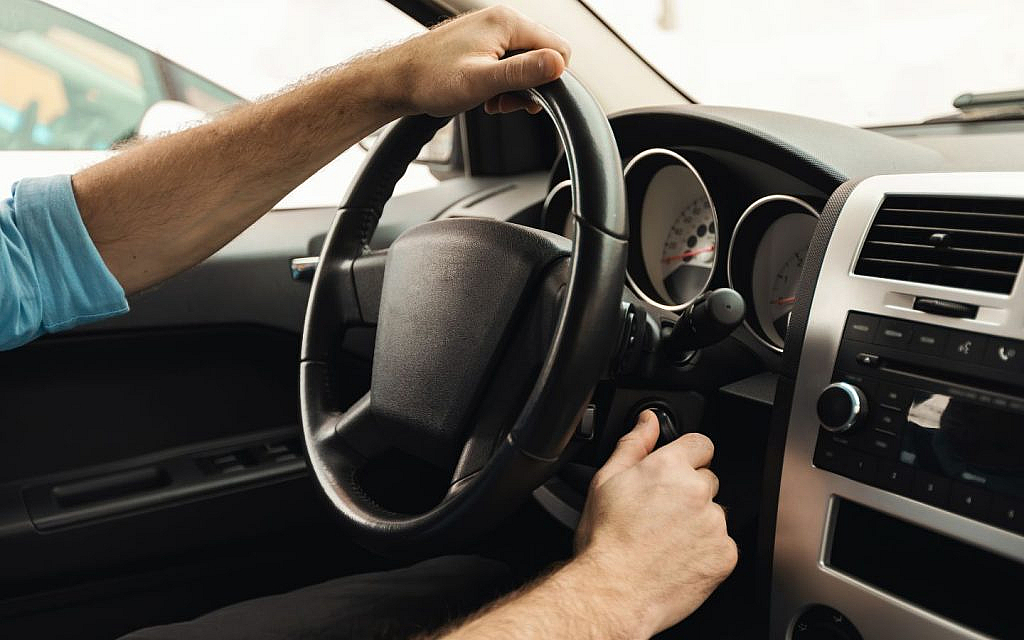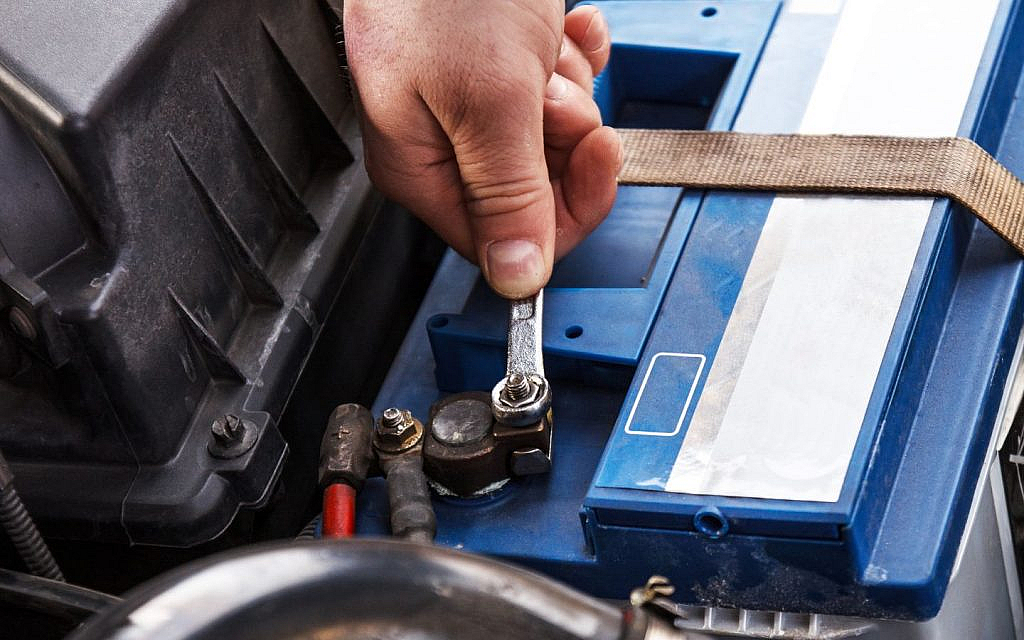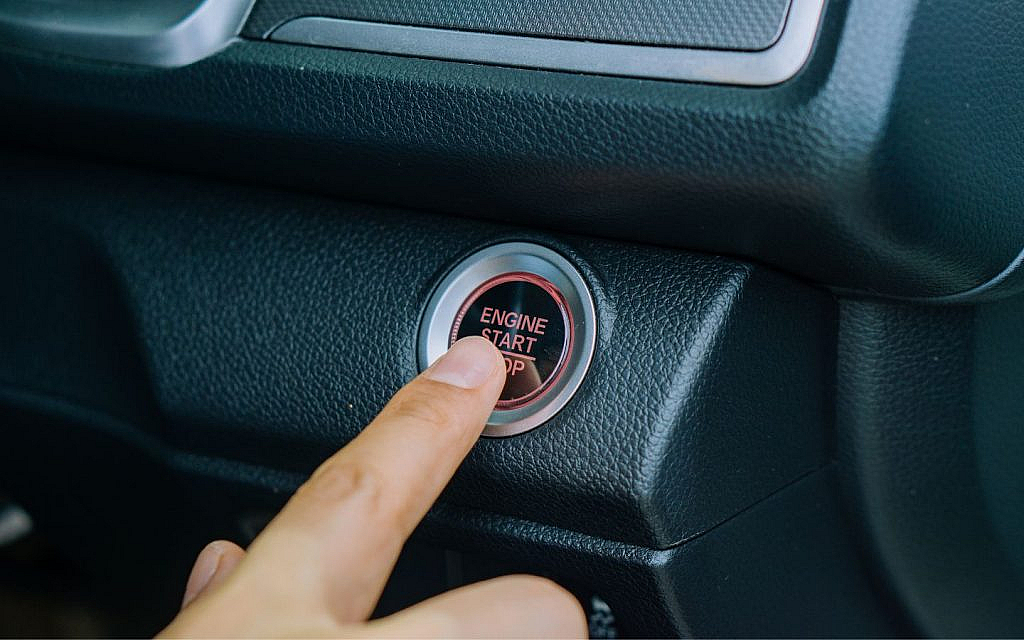How Long Should You Run a Car After Jump-starting Its Battery?
Jump-starting is an ideal way to deal with a dead car battery. Though it is a quick fix that has consequences. Driving a car immediately after a jump-start may put additional strain on the battery, alternator and sensitive electronic components. If not handled properly, this temporary solution can lead to bigger repair issues.
Let’s explore how long to run a car after jump-starting and the risks associated with it.
Recommended Duration for Running a Car After a Jump-Start

Experts generally recommend running the engine for at least 30 minutes following a jump-start. This allows sufficient car battery charging time for the alternator to restore the power. The ideal car battery jump-start duration varies depending on factors such as battery age and condition.
If the battery is deeply discharged or old, a longer run time may be necessary, sometimes an hour or more-to restore an adequate charge.
Newer or healthy batteries often require less time; typically, 5 to 10 minutes is enough to regain sufficient power.
Risks Associated with Jump-Starting and Extended Engine Running
Jump-starting and extended engine running can pose several risks to your car’s battery and electronics. Here are some key risks:
Potential Damage to Electronics
Risks Associated with Jump-Starting and Extended Engine Running
Jump-starting and extended engine running can pose several risks to your car’s battery and electronics. Here are some key risks:
Potential Damage to Electronics
Modern vehicles have Electronic Control Units (ECUs) that manage important functions like engine control, braking, safety features and infotainment. They need a steady electrical current to work properly.
During a jump-start, sudden voltage spikes can damage delicate electronic parts, causing sensor problems or even complete system failures. Repairing or replacing damaged ECUs can be very expensive, making improper jump-starting a costly risk for modern cars.
Battery Damage

Jump-starting a car can damage the battery if too much current is forced into a depleted battery quickly. This sudden surge can cause the battery to overheat.
Overheating damages the internal plates and causes active material to shed inside the battery. As a result, the battery becomes less efficient and its lifespan shortens.
Electrical System
Incorrect jump-starting techniques can lead to serious electrical system problems. Connecting the cables improperly or reversing the polarity can cause sparks, short circuits or even battery explosions.
These mistakes not only pose safety hazards but can also damage sensitive vehicle components such as fuses, wiring and electronic modules.
Strain on the Alternator

Recharging a deeply drained battery puts extra strain on the car’s alternator. The alternator has to work harder to supply the high current needed to restore the battery’s charge. This increased workload can cause the alternator to overheat and wear out faster. If the alternator is already old or weak, the risk of failure rises significantly.
Post-Jump-Start Safety Driving Tips
The following are important precautions to follow after jump-starting the car.
Maintain Driving for Adequate Battery Recharge

After a jump-start, keep the engine running or drive the car for at least 15 to 30 minutes. Driving at steady speeds helps the alternator recharge the battery more effectively than idling.
Avoid short trips immediately after, as they may not provide enough time to restore the battery’s charge fully.
Limit Use of Electrical Accessories
After jump-starting, it is important to limit the use of electrical accessories such as lights, radio, heater or air conditioning. These accessories draw power from the battery and alternator, reducing the energy available to fully recharge the battery.
Limiting accessories ensures the battery recharges efficiently and lowers the risk of electrical problems or voltage spikes.
Monitor for Warning Signs and Unusual Behaviour
After jump-starting, keep an eye on the usual warning signs like unusual sounds, light flickering or the car warning light turning on. In this case, seek professional assistance immediately as it indicates major issues in the vehicle.
Get Battery and Charging System Tested if Problems Persist
If problems like warning lights, slow starts or electrical issues persist after jump-starting, get the battery and charging system tested promptly. A professional test will check the battery’s health and the alternator’s output to ensure both are functioning properly.
FAQs
What happens if I don’t drive the car long enough after a jump-start?
If the car is not driven long enough after a jump-start, the battery might stay weak, leading to more starting problems and possibly needing another jump-start or replacement.
How long does it take to recharge a dead car battery after a jump-start?
It generally takes about 15 to 30 minutes of running or driving the car after a jump-start to recharge a dead battery sufficiently for reliable use.
What should I do if my car doesn’t start after a jump-start?
If the car doesn’t start after a jump-start, check the cable connections and try again after a few minutes. If it still won’t start, the battery or starter may have a deeper issue that needs professional testing.
This was all about how long to run a car after jump-starting and the key reasons behind it. Allowing the engine to run for the right amount of time ensures the battery regains enough charge to start the vehicle reliably. However, jump-starting poses a serious risk to different car components, speciality electronics.
In case the ECU or other major electrical components are damaged after jump-starting, fixing them can cost a fortune. In this condition, it is recommended to opt for used cars for sale in the UAE, rather than fixing an old one.
Stay tuned to dubizzle auto blogs for more information on car parts.
Comments
Post a Comment